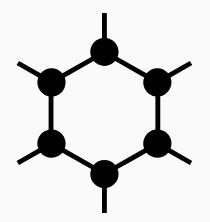
Today, I’d like to share a few notes about GrapheneOS and Wi-Fi privacy. When connecting to a new Wi-Fi network for the first time, ‘normal’ Android devices I use generate a per-Wi-Fi network randomized MAC layer 2 address and then keep using this MAC address for this network. While this prevents tracking a device between different networks, an individual network can still track a device forever. Not ideal.
GrapheneOS fortunately goes a different way! Instead of using a per-network MAC address, the default is to use per-connection randomized MAC address. This removes traceability over time even in a single network.
Continue reading GrapheneOS – Part 4 – Wi-Fi Privacy


